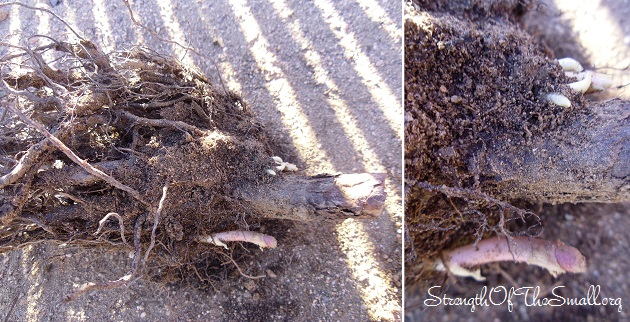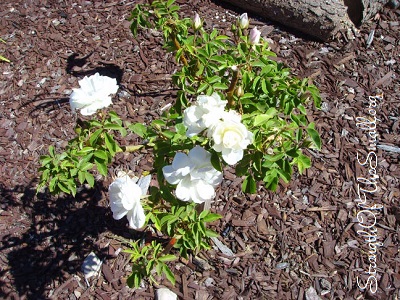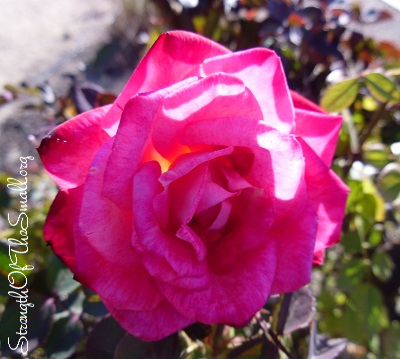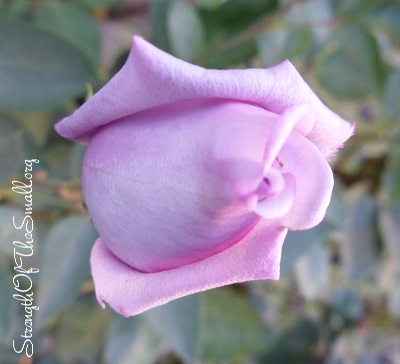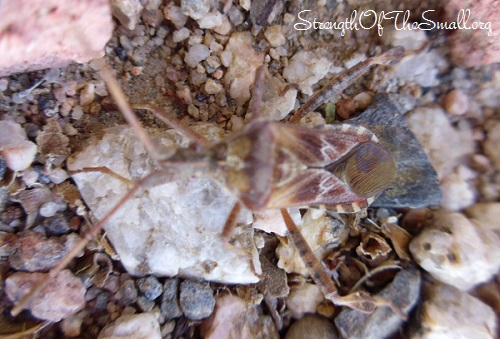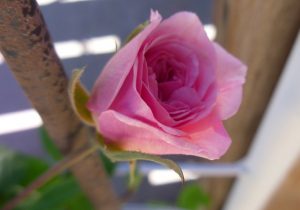Surprisingly, we are having a very nice weather here in the High Desert this Winter (with warm days and cold nights). We turn on the drip system irrigation on a needed basis (depending on Plants need), for a deep watering to help our Flowers, Shrubs and Trees to establish and spread their roots systems.

I am loving the Rebirth in the Garden with most of my Spring Flowering Bulbs Sprouting. Some are sprouting through pine needles (which make awesome mulch) and others sprouting from scattered/dispersed seeds randomly around the backyard. The seeds were probably carried by the Wind.

Around the neighborhood, some flowering trees are beginning to show buds like the Raywood Ash tree in my front yard which normally starts leafing out around April or early Spring.
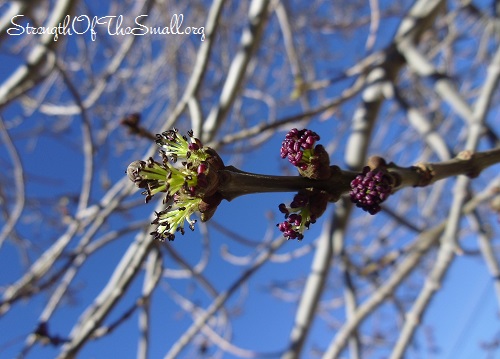
Another surprise this morning was the discovery of this tender Miniature Rose ‘Del Sol’. The new growth is poking through the gravel reminding me once again that nothing is really lost in the World. We relocated the Parent plant last Summer and I guess one of the many living roots left behind during the relocation process survived.
Click here to learn about Growing Plants with Root Cuttings.

After two consecutive years of dying back from frost, my Belladonna Amaryllis shoots are going strong. Most of my plants are showing signs of life except for my Saucer Magnolia, Navajo Globe Willow, Plumbago Auriculata ‘Imperial Blue’, Cleveland Sage and Red Autumn Sage which seems to be dormant.
I am looking forward to warmer days like this one, to go outside and get a couple of garden beds ready for Spring.
Click here for Real-World Winter Gardening Tips From Your Growing Zone.
